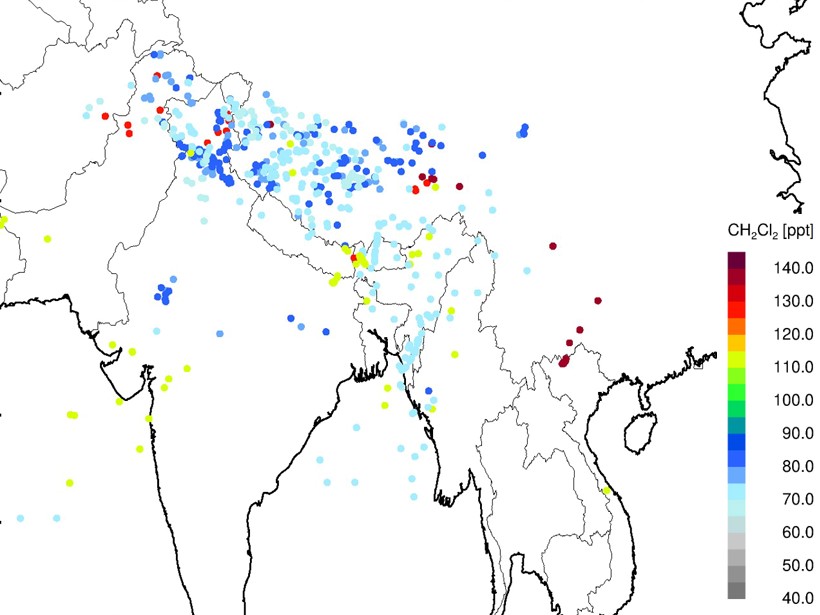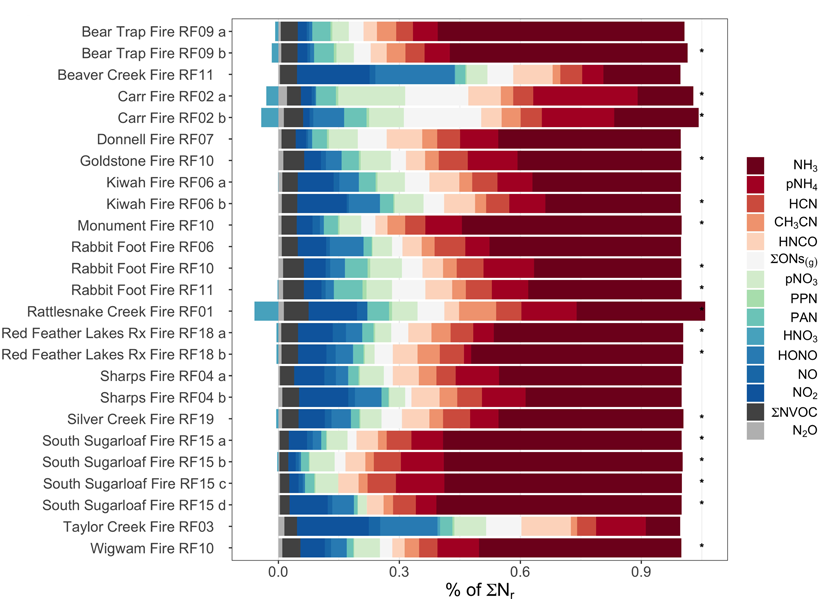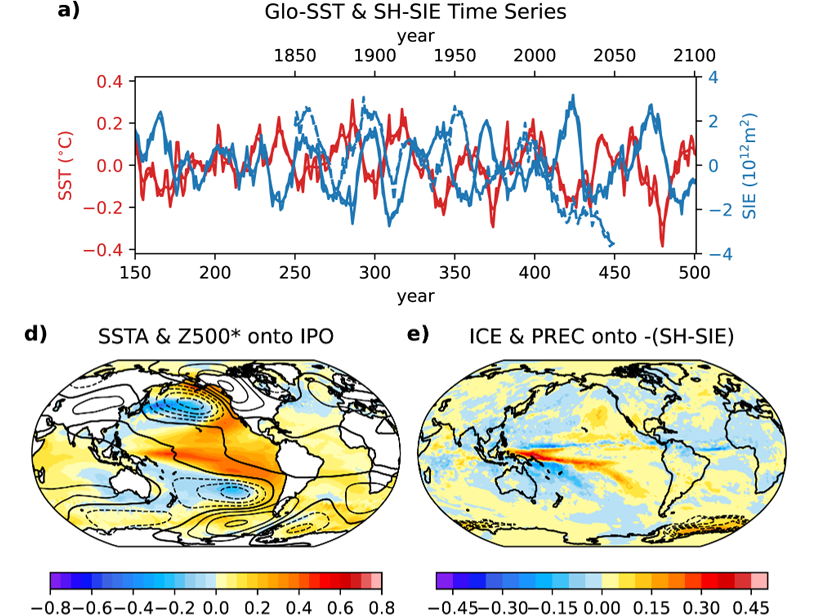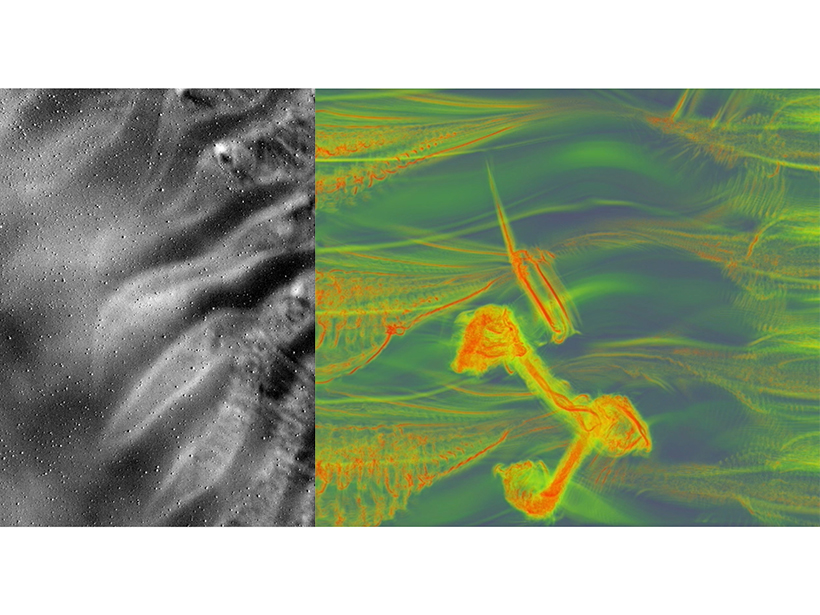A planet-hunting satellite’s observations of the nearby system Luhman 16 AB reveal bands of clouds, high-speed jets, and polar vortices.
everything atmospheric
Wind Stress is not the Ceiling of Momentum Flux to the Ocean
The ocean is mainly driven by wind stress, but simultaneous observations show that the gain of momentum flux by the ocean can be larger than the wind stress due to the influence of ocean waves.
Podcast: A Modern Way to Look for Aliens
The search for extraterrestrial intelligence is undergoing a 21st century transformation. The field is poised to lead the way as an example of interdisciplinary research and inclusive science.
Measurements of Ozone-Depleting Chemicals in the Asian Monsoon
New high-altitude aircraft observations identify unexpected high levels of halogen-containing species entering the stratosphere above the summertime Asian monsoon.
Ancient Eruption May Change Our Understanding of Modern Volcanoes
Bubbles trapped in magma from a 1,000-year-old event reveal how scoria cones might erupt and what impact they may have on the landscape and atmosphere.
Deciphering Reactive Nitrogen Emissions from Wildfire Smoke
In-situ data gathered from an aircraft flying over 23 western US wildfires in 2018 reveal the importance of reduced nitrogen, shedding insights on ozone and aerosol formation from wildfires.
More Acidic Water Might Supercharge Lightning
New research suggests ocean acidification could make lighting more intense.
International Collaboration Yields Unique Climate Simulations
Porting and optimizing CESM1.3 to run on the TaihuLight computer enabled an astounding 750 years of simulation with 0.25° grid spacing for land & atmosphere and 0.1° grid spacing for ocean & sea ice.
Charting Satellite Courses in a Crowded Thermosphere
As the number of satellites in low Earth orbit grows by leaps and bounds, accurate calculations of the effects of atmospheric drag on their trajectories are becoming critically important.
Newly Identified Instabilities Enhance Atmospheric Turbulence
New high-resolution imaging and modeling reveal the first evidence of enhanced turbulence due to gravity wave modulation of Kelvin-Helmholtz instabilities.










